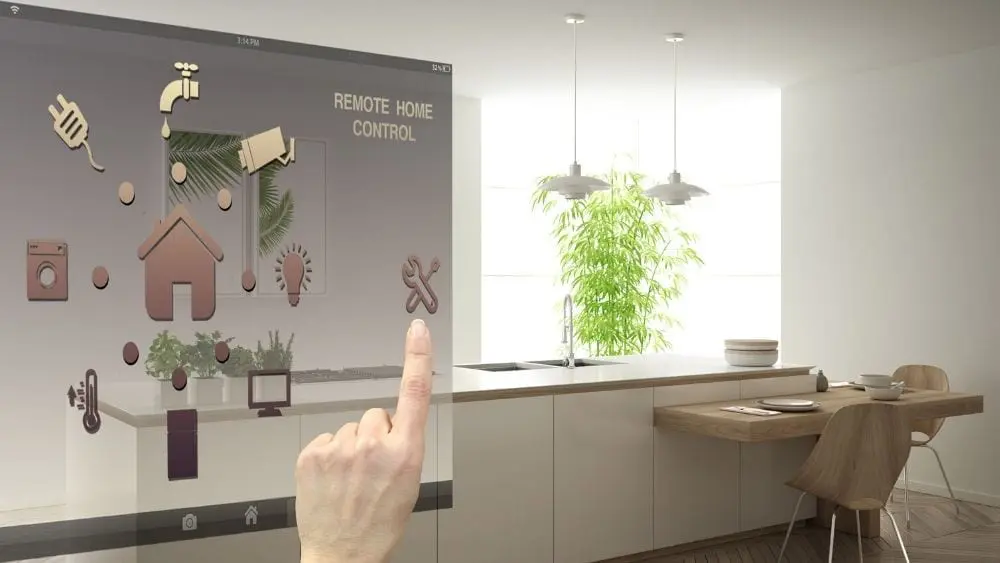
Slowly but surely, new technologies like drones, virtual reality, 3-D laser scanning and 3-D printing are bound to make their way into the homebuilding process.
Homebuilding techniques today are often “archaic,” says Tom Page, vice president of iStar, a community developer in Richmond, Va., and general manager of Magnolia Green, a residential community in Moseley, Va.
Yet Page already has a few bits of modern technology up his sleeve. He says he employed a drone to fly over a golf course he was building and take aerial photographs of it during construction. The images were then posted online so current and prospect community residents could monitor the process of the course.
Drones
An April 2016 survey by the National Association of Home Builders, a trade organization based in Washington, found that 22 percent of builders surveyed said they’d had used a drone in their construction business.
The size of the builder’s operation was a key factor in whether drones had or would be used. Only 12 percent of builders that started 15 or fewer homes in 2015 said they expected to use a drone within the next three years, but that figure jumped to 18 percent for builders who started 6 to 24, 29 percent for builders with 25 to 99 starts and 41 percent for production builders with 100 or more starts.
The survey didn’t ask the builders how the drones had or would be used.
Virtual Reality
Virtual reality (VR) can be used to create a 3-D virtual representation of a home and has already been used in home design, says Anton Dy Buncio, chief operating officer at Viatechnik, an engineering firm in Chicago.
By wearing 3-D goggles, buyers can take a virtual walk through a home before it’s been built and manipulate design elements like windows, staircases, light fixtures, paint colors and furnishings to see what the home would look like with different options. It’s even possible to take a dip in a virtual swimming pool with this technology.
Unlike a traditional 2-D floor plan or architectural rendering, a VR experience offers “an interactive way to make decisions,” Dy Buncio says.
VR programming comes from the video game industry. Dy Buncio says the cost can range from a few thousand dollars to $10,000 or $20,000 per home, depending on how many variables are included and how immersive the experience is.
Due to the cost, this technology currently is used principally for construction of multi-million-dollar homes. However, Builders Digital Experience (BDX and the parent company of NewHomeSource) is working to bring VR technology to more homebuilders throughout the country.
3-D Scanning, Printing
A 3-D laser scanner generates multiple images of a structure that are then layered on top of one another to produce a 3-D image of it. An image of a building under construction can be generated as soon as framing exists, even if there are no solid walls, Dy Buncio says.
This technology enables buyers to monitor the construction of their home from a remote location or discuss design elements and changes with an architect who’s remotely located.
Another cutting-edge technology, 3-D printing with concrete may offer one of the most exciting opportunities for home construction in the future.
The Manufacturing Technology Centre, an independent research and technology organization in the United Kingdom, has partnered with several construction firms to innovate this technology.
Though research is still in the early stages, some success has been achieved in printing precast building components with concrete, according to Construction News. The biggest challenge is not the robotics, but finding the optimum mix of the concrete material, the story said.
Homes of the Future
Jennifar Evans, director of design at Edward R. James Cos., a luxury homebuilder in Glenview, Ill., says sophisticated technologies like robotics aren’t likely to show up in home building soon, in part because builders prefer skilled labor to automation.
However they’re constructed, homes of the future may be much different than homes being built today.
David Rose, an entrepreneur, instructor at the MIT Media Lab in Cambridge, Mass., and author of Enchanted Objects: Design, Human Desire and the Internet of Things, a 2015 book about the future of high-tech design, writes that homes of the future will integrate technology in ways that are easier to use and more delightful than today’s “black slabs” (i.e., device screens).
“A home and the people who live in it will begin to function more like a natural system,” Rose writes, “so that the home is a place where technology exalts human beings and enables them to realize their needs and desires in the most complete, seamless and satisfying way possible.”
That’s a vision future new-home buyers are sure to embrace.
 New Year, New Home: How to Get Yourself Into a New Home in the New Years
New Year, New Home: How to Get Yourself Into a New Home in the New Years